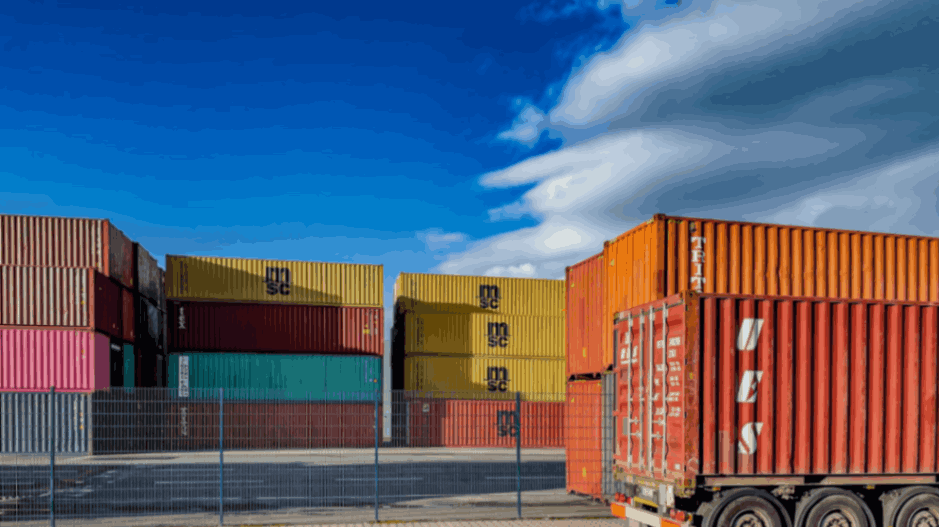Contents
Supply chain management is a complex and intricate system that relies on the seamless integration of processes, technologies, and human resources. While technological advancements like supply chain management software and supply chain management automation have significantly improved efficiency and accuracy, human factors remain a critical area that can disrupt the supply chain. This article explores the key human factors that can cause disruptions and offers strategies to mitigate these challenges.
Key Human Factors Disrupting the Supply Chain
Communication Breakdowns
Communication is the cornerstone of an effective supply chain. Miscommunication or lack of communication between team members, departments, or external partners can lead to errors, delays, and inefficiencies. For example, if a supplier fails to notify a manufacturer about a change in delivery schedule, it can result in production halts and missed deadlines.
Solution: Implementing integrated supply chain management software can enhance communication by providing real-time updates and centralized information access. Additionally, establishing clear communication protocols and regular meetings can help ensure that all stakeholders are aligned and informed.
Human Error
Human error is an inevitable aspect of any operation. Mistakes in data entry, order processing, or inventory management can lead to significant disruptions. For instance, a simple data entry error in inventory levels can cause stockouts or overstocking, impacting customer satisfaction and financial performance.
Solution: Automating repetitive tasks through supply chain management automation can reduce the risk of human error. Automation tools can handle tasks like order processing and inventory tracking with high accuracy, minimizing the likelihood of mistakes. Regular training and quality control measures can also help reduce human error.
Inadequate Training
Employees who lack proper training may struggle to perform their tasks effectively, leading to operational inefficiencies and disruptions. For example, warehouse staff who are not well-trained in using inventory management systems may inadvertently cause delays or inaccuracies in order fulfillment.
Solution: Investing in comprehensive training programs for employees is essential. Training should cover both the technical aspects of supply chain management and the soft skills needed for effective communication and problem-solving. Additionally, providing ongoing support and resources can help employees stay updated with best practices and new technologies.
Resistance to Change
Resistance to change is a common human factor that can disrupt the supply chain. Employees may resist adopting new technologies, processes, or systems, which can hinder the implementation of improvements and innovations. For example, resistance to adopting supply chain management software can prevent an organization from realizing the full benefits of automation and data analytics.
Solution: Addressing resistance to change involves clear communication about the benefits and reasons for the change. Engaging employees in the change process, providing training and support, and demonstrating the positive impact of new technologies can help overcome resistance. Change management strategies should include involving employees in decision-making and addressing their concerns.
Poor Leadership
Effective leadership is crucial for guiding and motivating teams within the supply chain. Poor leadership can lead to low morale, lack of direction, and ineffective decision-making, all of which can disrupt the supply chain. For instance, a leader who fails to address performance issues or provide clear goals may struggle with team cohesion and productivity.
Solution: Developing strong leadership skills is essential for ensuring smooth supply chain operations. Leadership training programs, mentorship, and performance evaluations can help leaders improve their skills and effectiveness. Encouraging a culture of accountability and support can also contribute to better leadership and team performance.
Conflict and Disagreements
Conflicts and disagreements among team members, departments, or supply chain partners can create disruptions and affect collaboration. Disputes over responsibilities, priorities, or resource allocation can lead to delays and inefficiencies. For example, conflicts between procurement and logistics teams over inventory levels can impact order fulfillment and customer satisfaction.
Solution: Addressing conflicts and disagreements requires effective conflict resolution strategies. Promoting open communication, encouraging teamwork, and establishing clear roles and responsibilities can help prevent and resolve conflicts. Mediation and negotiation techniques can be employed to address disputes and find mutually acceptable solutions.
Lack of Accountability
A lack of accountability can lead to missed deadlines, poor performance, and overall disruption in the supply chain. When employees or teams do not take responsibility for their actions, it can result in errors, delays, and inefficiencies. For example, if a team fails to adhere to quality standards, it can lead to defective products and customer complaints.
Solution: Establishing clear accountability measures and performance metrics is crucial for ensuring that employees and teams take ownership of their responsibilities. Regular performance reviews, setting clear expectations, and providing feedback can help maintain accountability and drive improvements in supply chain performance.
Workplace Culture
The overall workplace culture can significantly impact supply chain performance. A negative or toxic work environment can lead to disengagement, low morale, and high turnover, all of which can disrupt operations. For instance, a culture that does not value collaboration or innovation may hinder the adoption of new processes and technologies.
Solution: Fostering a positive and inclusive workplace culture is essential for enhancing supply chain performance. Encouraging teamwork, recognizing achievements, and promoting a culture of continuous improvement can contribute to a more engaged and motivated workforce. Leadership should model and reinforce positive behaviors and values.
Leveraging Technology to Address Human Factors
While human factors are a significant aspect of supply chain management, leveraging technology can help mitigate their impact. Supply chain management software and supply chain management automation can play a crucial role in addressing human-related disruptions.
Supply Chain Management Software
Supply chain management software provides a centralized platform for managing and analyzing supply chain data. It enables real-time visibility, improves communication, and enhances decision-making. By automating processes and integrating information from various sources, this software can help reduce the impact of human error and communication breakdowns.
Supply Chain Management Automation
Automation tools streamline repetitive tasks and processes, reducing the reliance on manual intervention. Automated systems for inventory management, order processing, and demand forecasting can enhance accuracy and efficiency. By minimizing human involvement in routine tasks, automation helps reduce the risk of errors and delays, allowing employees to focus on more strategic activities.
Conclusion
Human factors play a significant role in supply chain disruptions, affecting communication, performance, and overall efficiency. Addressing these factors involves implementing effective strategies for training, leadership, and conflict resolution. Leveraging technology, such as supply chain management software and supply chain management automation, can further enhance supply chain performance by reducing the impact of human-related disruptions. By understanding and addressing human factors, organizations can build more resilient and efficient supply chains, ultimately leading to improved operational outcomes and customer satisfaction.




